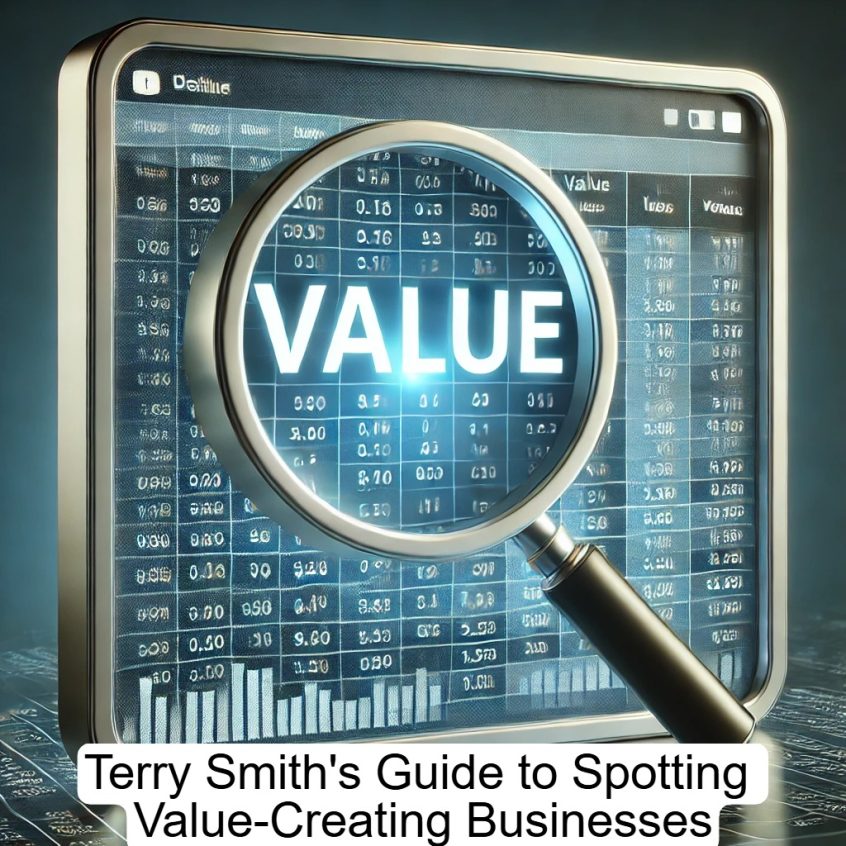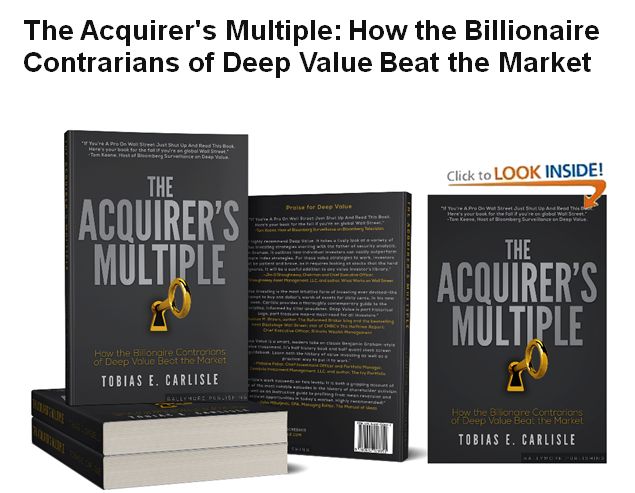In his book Investing for Growth, Terry Smith makes a simple but powerful point about what makes a great business: “A good company is one which creates value for its shareholders by making a high return on capital – significantly above its cost of capital – across the business and economic cycle.”
This idea sounds straightforward, but most investors don’t think this way. Instead, they get caught up in short-term trends or exciting stories. But Smith argues that the real key to long-term success is a company’s ability to earn more than its cost of capital, year after year.
So, what exactly is return on capital? Smith explains it like this: “It is usually measured by the operating profit of the business, divided by the capital employed, expressed as a percentage.” In other words, it’s about how efficiently a company turns invested money into profits. A high return means the business is using its resources well. But that’s only half the story. The other half is the cost of capital—the minimum return a company needs to justify the money it’s using.
Figuring out the cost of capital isn’t always easy. “The cost of debt is relatively easy,” Smith says. “You can find a reference to the cost of bonds in the accounts, and if there is bank debt, you can just use the interest charge divided by the average of opening and closing debt as the percentage cost.”
But the cost of equity is trickier. Smith describes it as “a so-called risk-free rate, such as the yield on government bonds, plus a risk premium to compensate for the additional risks inherent in equity investment.” He adds, “This slightly complex formula probably explains at least in part why so few investors seem to try to work this out.”
Why does all this matter? Because, as Smith puts it, “Companies are just like us in some respects. If you borrowed money at 10% per annum and invested it at a 20% per annum return, you would become richer.
But if you invested at 5% per annum, you would become poorer.” The same logic applies to businesses. A company that earns more than its cost of capital grows in value over time. One that doesn’t? It slowly destroys wealth.
You might think all companies create value, but Smith warns that’s not the case. “There are some industries which are prone to make returns below their cost of capital much or all of the time,” he says, pointing to airlines as an example.
“The airline industry has probably not created value for shareholders throughout most of its existence.” So why do people still invest in these kinds of businesses? Smith’s answer is simple: hope. Fund managers bet on struggling companies because they believe “a change of management, an upturn in the business cycle, a takeover, or industry consolidation will alter this fundamentally poor characteristic.”
But while they wait for things to improve, “they steadily erode value by the equivalent of borrowing money from you the shareholder and investing it at an inadequate rate of return.”
The lesson? As Smith puts it, “When you own shares in a good company, you can be sure that its value will rise over time.” And what makes a company “good” isn’t just a great product or a popular brand—it’s the ability to consistently earn high returns on capital.
You can find a copy of the book here:
Terry Smith – Investing for Growth
For all the latest news and podcasts, join our free newsletter here.
Don’t forget to check out our FREE Large Cap 1000 – Stock Screener, here at The Acquirer’s Multiple:



